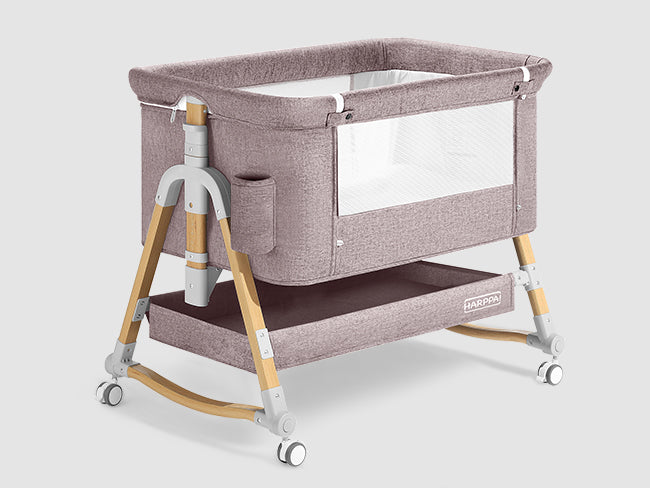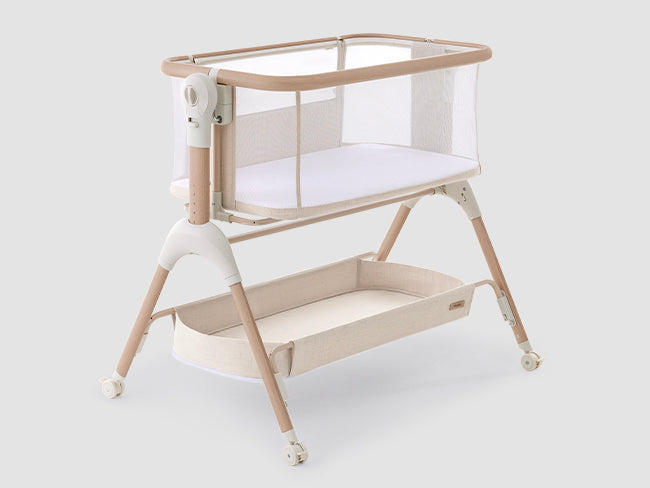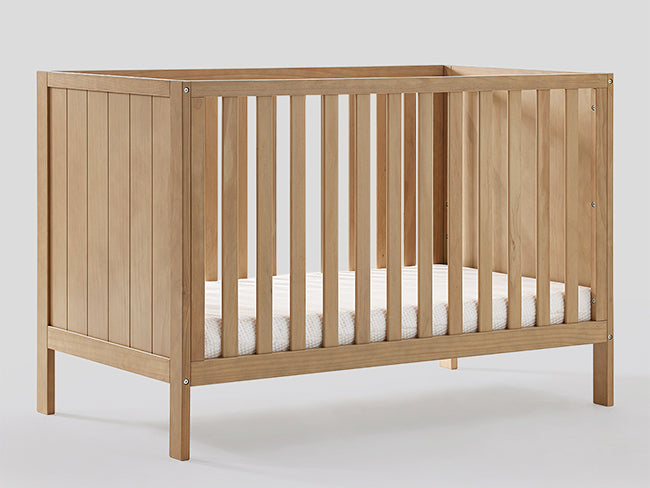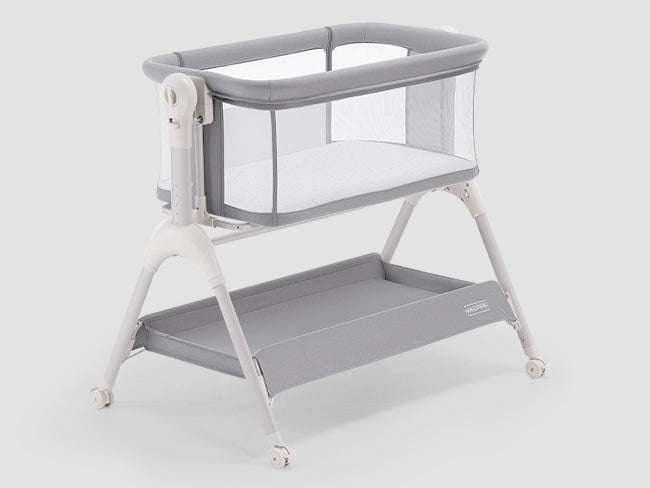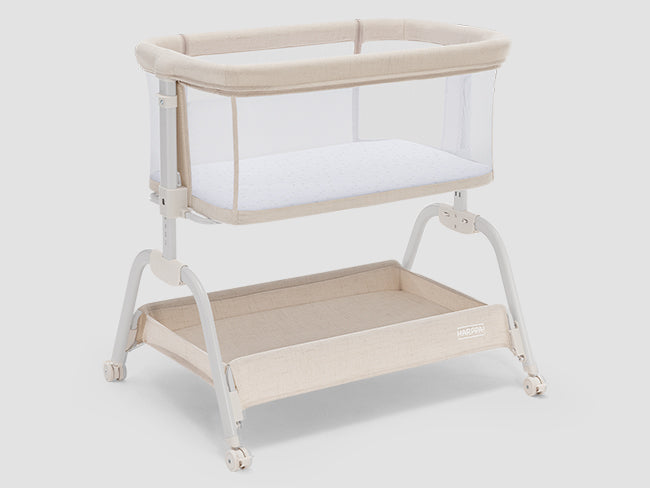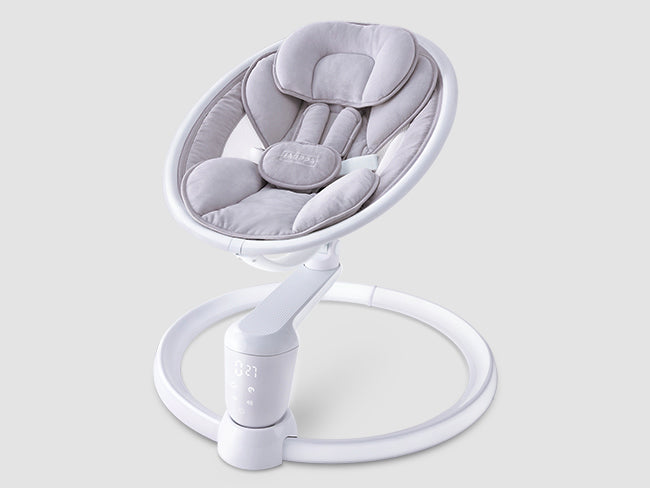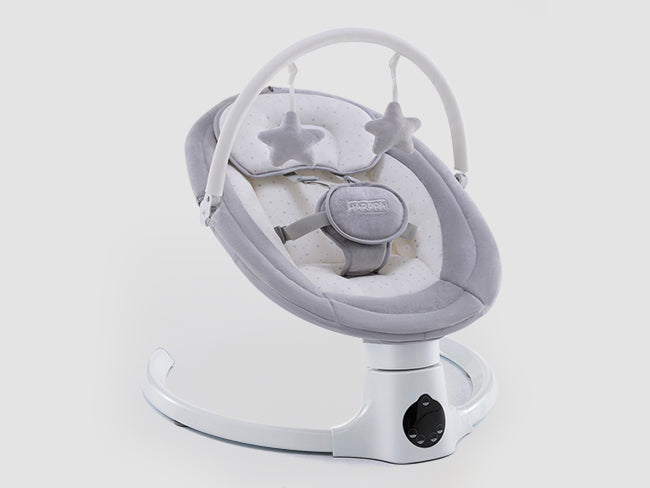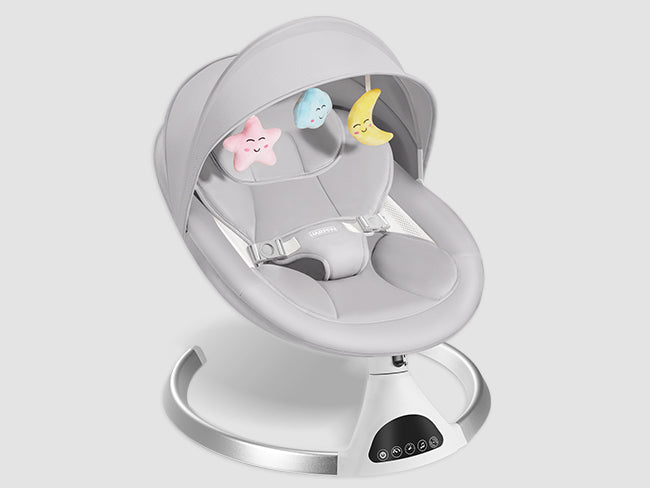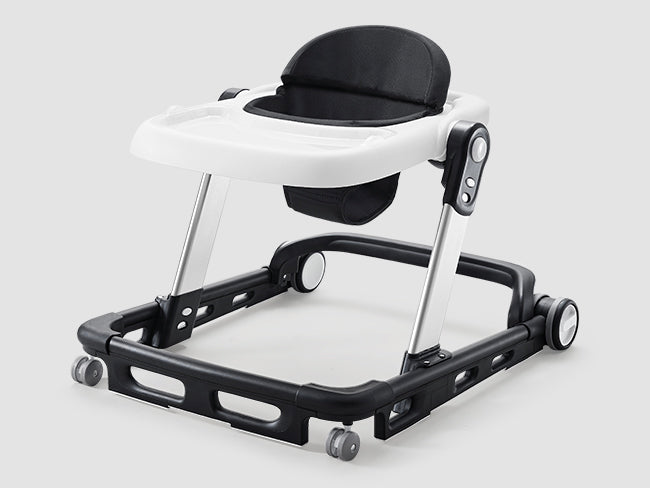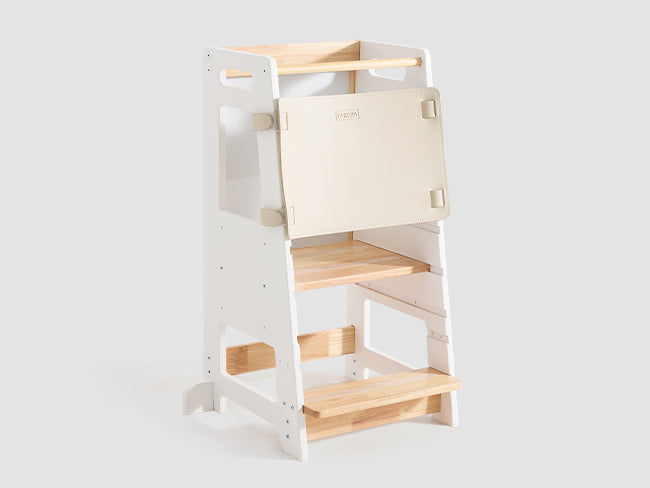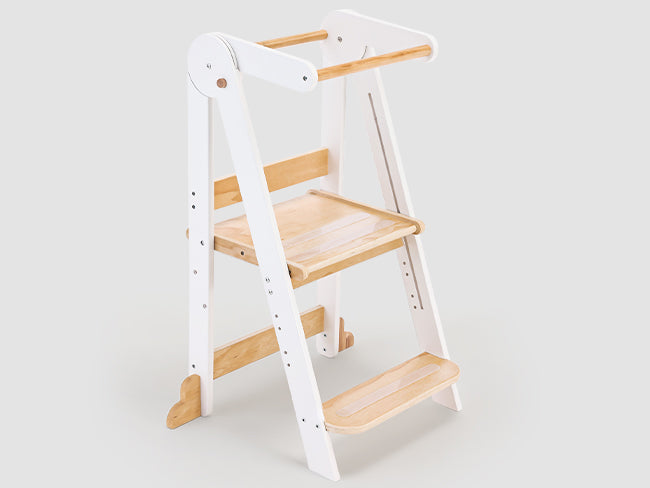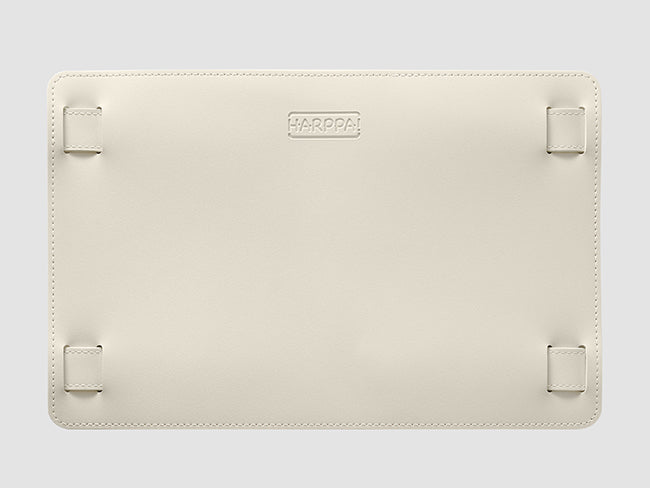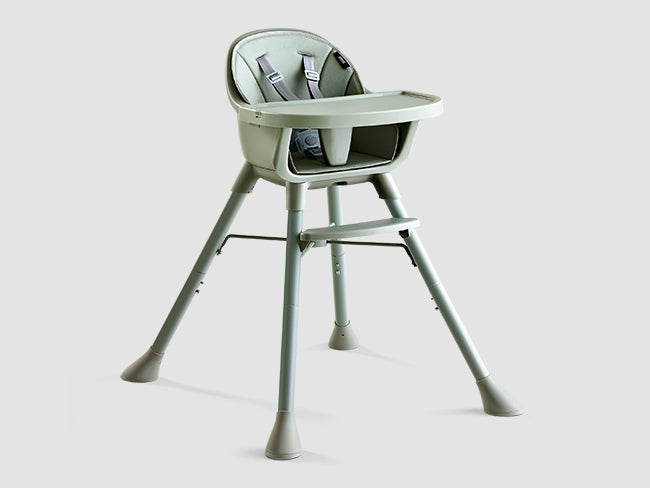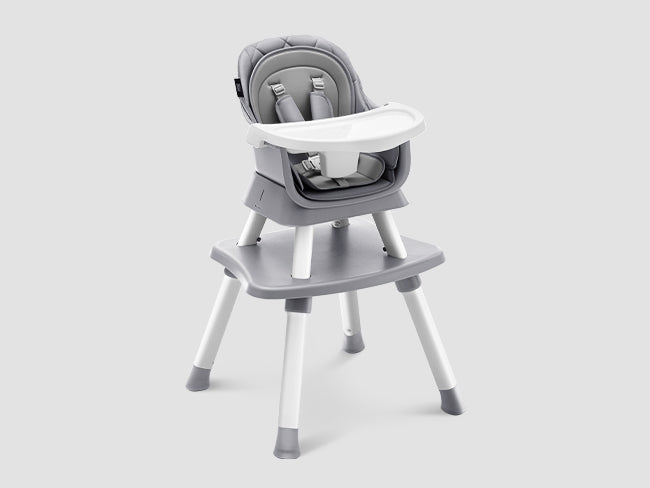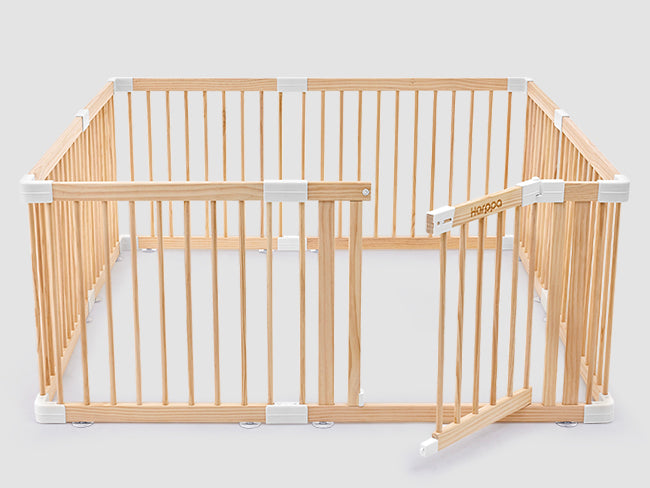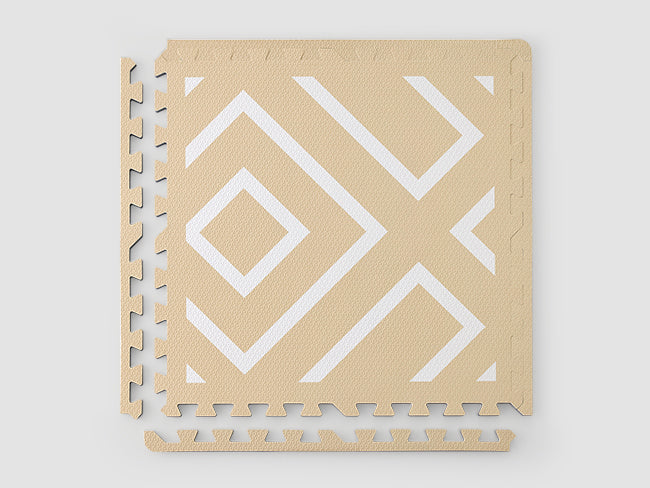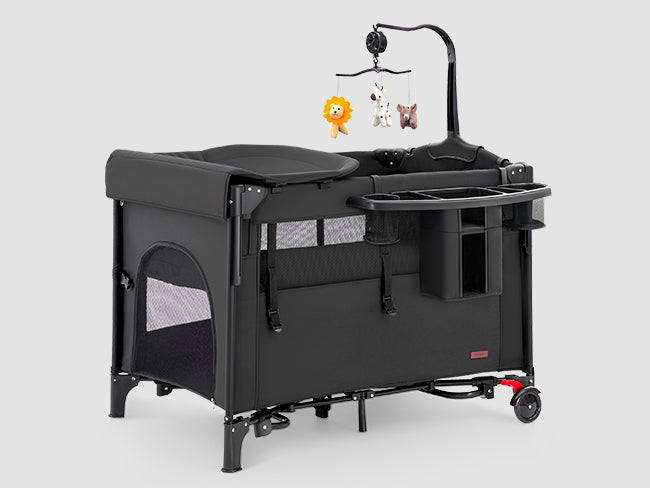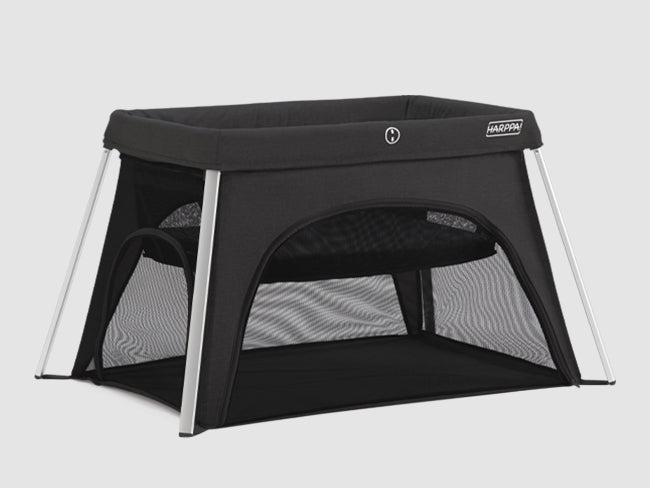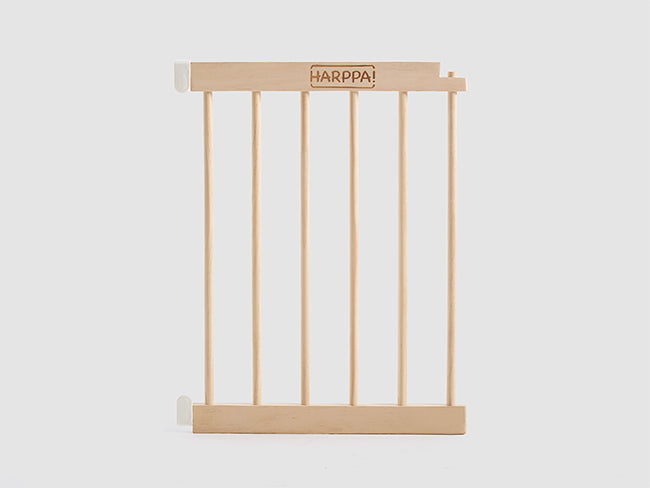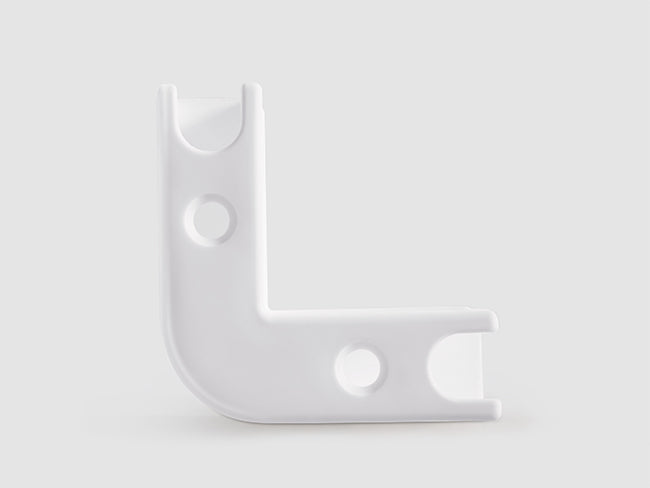In today’s fast-paced parenting world, it’s easy to fall into the trap of thinking “good parenting” means constant presence and intervention. But what children truly need isn’t us solving every problem for them—it’s a thoughtfully prepared environment where they feel safe, free, and trusted to explore on their own.
I want to share a subtle but powerful shift:
Using a wooden baby playpen to redefine your child’s growing space and nurture independence.
🎈 Independent Play Isn’t “Free-Roaming”—It’s Love with Boundaries
As a seasoned expert in maternal and infant product operations and family education, I’ve seen many families treat playpens as mere containment tools. But through a Montessori lens, a playpen is a gently set boundary—a space where your child experiences true freedom, autonomy, and control.
Freedom isn’t the absence of limits—it’s the ability to make choices within safe boundaries.
🧸 What is a “Prepared Environment”? Children Thrive on Order
Children naturally crave repetition, order, and predictability. When you arrange a tidy, stable playpen space, your child won’t feel “confined.” Instead, they’ll feel respected and trusted. This is their own little world — one they can control.
One parent shared, “Every morning, my two-year-old’s first stop after waking is his playpen, like greeting his own special world.” This is the blossoming of an internal sense of order.
🔍 How to Set Up a “Growth-Focused Playpen” Space?
From many family workshops, here are practical tips:
✅ Location
-
Place it near natural light, within your sight but out of direct interference;
-
Near main family living areas so your child doesn’t feel isolated.
✅ Contents
-
Soft, non-slip mat plus a textured small rug;
-
3–5 carefully selected toys rotated regularly but not overwhelming;
-
A low mirror, a small plant, or a simple artwork for gentle sensory input.
✅ Timing
-
Start with 5-minute independent play sessions daily;
-
No interruptions, no praise, no commands;
-
Be an observer, not a director.
👶 Age Doesn’t Matter — Let the Child Set the Pace
Whether your baby is just learning to roll or an energetic toddler, this independent space supports growth.
-
6–12 months: A safe zone to practice rolling, lifting head, crawling—no teaching needed, they will explore naturally.
-
12–24 months: A “task zone” for focused activities like stacking blocks or sorting toys—building concentration and logic.
-
2 years+: Creative role play and imitation flourish inside this cozy territory.
Your job is to release control, accept the slow pace, and trust your child.
🌿 The Value of HARPPA Wooden Playpens Goes Beyond “Safety”
From a product strategy perspective, HARPPA playpens aren’t just baby-proof barriers—they’re structured supports that honor your child’s developmental rhythm.
Made from untreated natural wood, they avoid sensory overload; modular designs let you customize space as your child grows; their presence is calming precisely because they don’t dominate.
We don’t use the playpen to “contain” children, but to give them a domain where they can freely grow.
💬 A Final Word to Parents
Within a child’s independent space, they learn not just to play, but to:
-
Wait;
-
Self-regulate;
-
Decide for themselves;
-
Take responsibility.
These skills are the greatest gifts you can give. You don’t need to be constantly “present,” you need to create a space your child wants to explore alone.
Start with a playpen. Start with sitting quietly nearby. Parenting, at its best, is the art of stepping back.
🎯 Quick Action Checklist
-
✅ Set up a fixed, tidy wooden playpen space for your child;
-
✅ Keep toys minimal and sensory-friendly;
-
✅ Allocate daily independent play time inside the pen;
-
✅ Observe quietly without interfering;
-
✅ Trust your child’s pace and embrace moments of stillness.
🌟 Want to help your child learn freedom within safety?
Discover HARPPA’s eco-friendly, modular wooden playpen collection 👉 [Shop Now]

